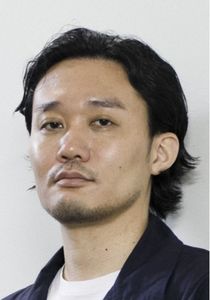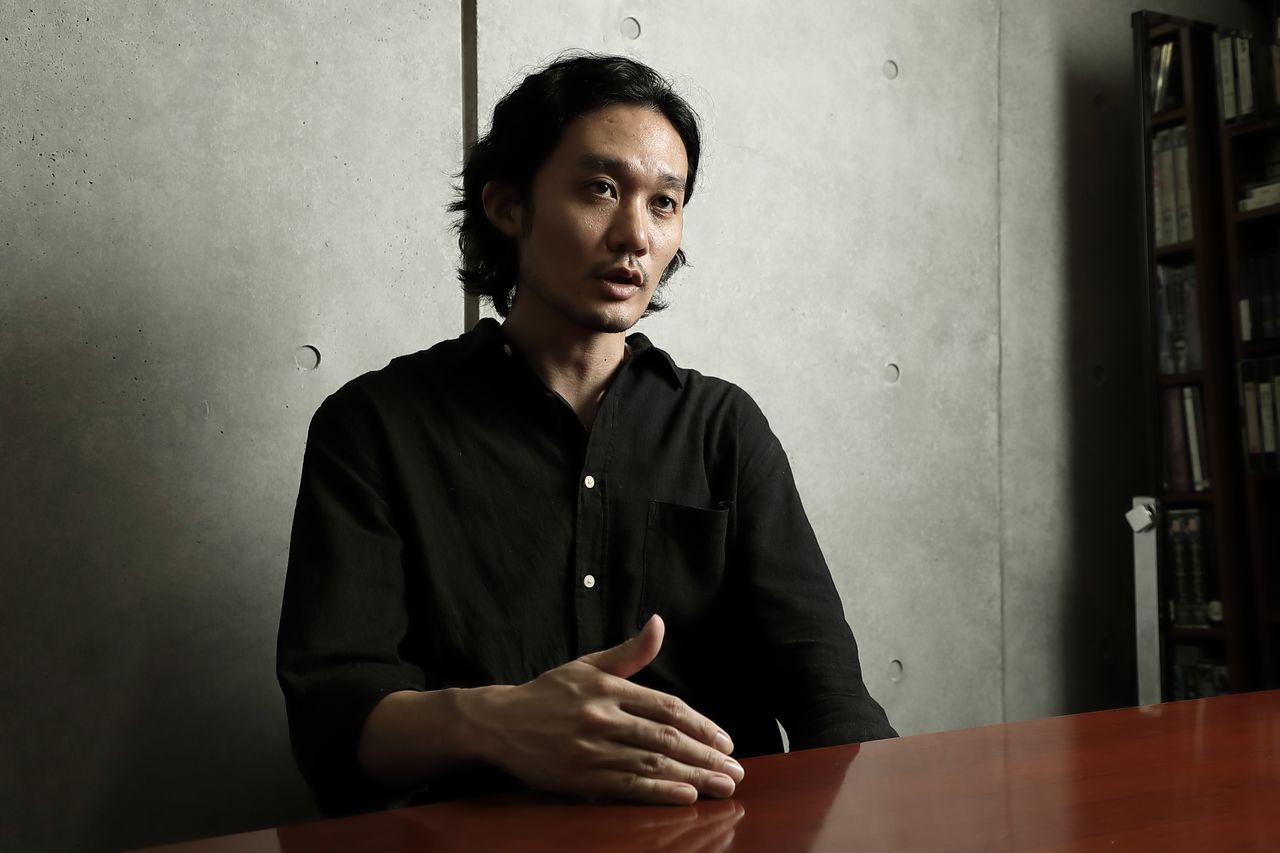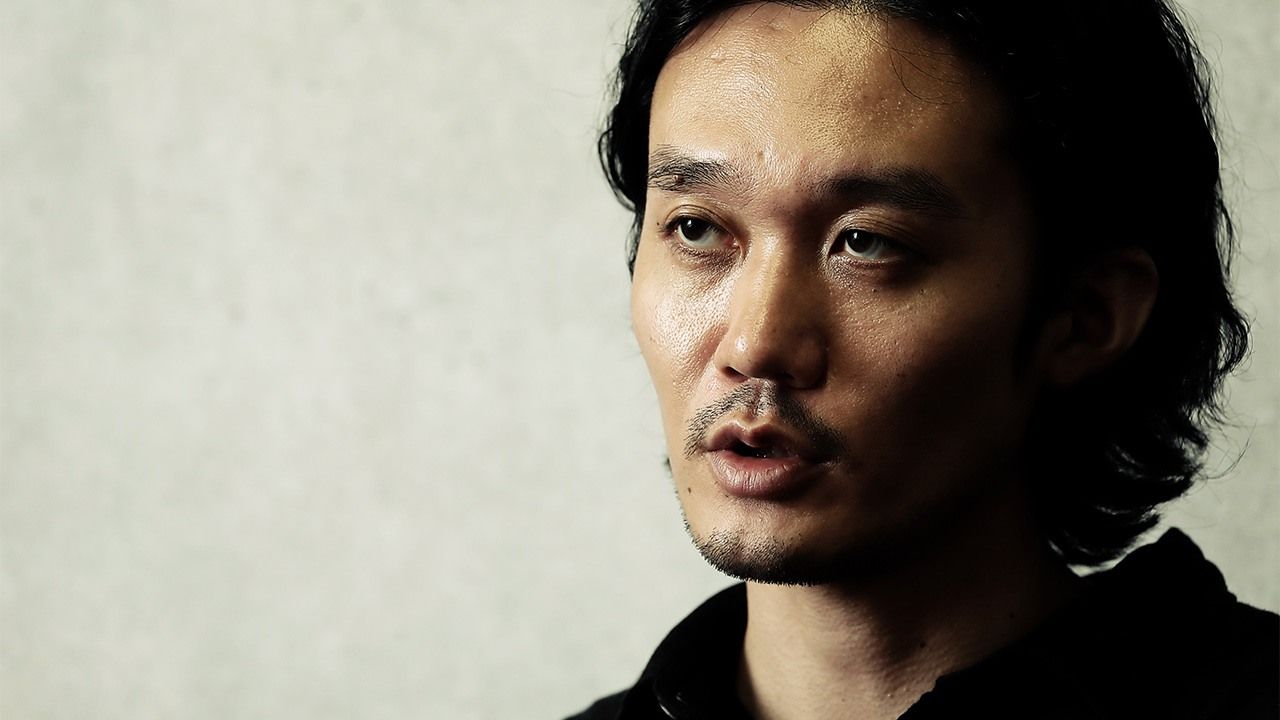
To Know the Ainu Is to Know Japan: An Interview with “Ainu Mosir” Director Fukunaga Takeshi
Cinema- English
- 日本語
- 简体字
- 繁體字
- Français
- Español
- العربية
- Русский
“The Ainu people are an indigenous people who have lived in the northern part of the Japanese Archipelago, especially in Hokkaidō.” This clause is included in Article One of the New Ainu Policy, passed by the Japanese government in April 2019 with the aim of spreading information about Ainu and promoting Ainu culture. It has taken some 150 years since Japan took its first steps towards modern statehood to acknowledge this historical fact as a nation.
In the Meiji era (1868–1912), the government promoted policies of assimilation, and ever since, Ainu—who also lived in northern Honshū, southern Sakhalin, and the Kuril Islands before the modern era—have faced discrimination and repression. The Former Aborigines Protection Act of 1899 was not abolished until 1997, when the government passed the Act on the Promotion of Ainu Culture. Ten years later, in 2007, the United Nations issued its Declaration on the Rights of Indigenous Peoples. Now, over a decade later, a new era is finally dawning in Japan.
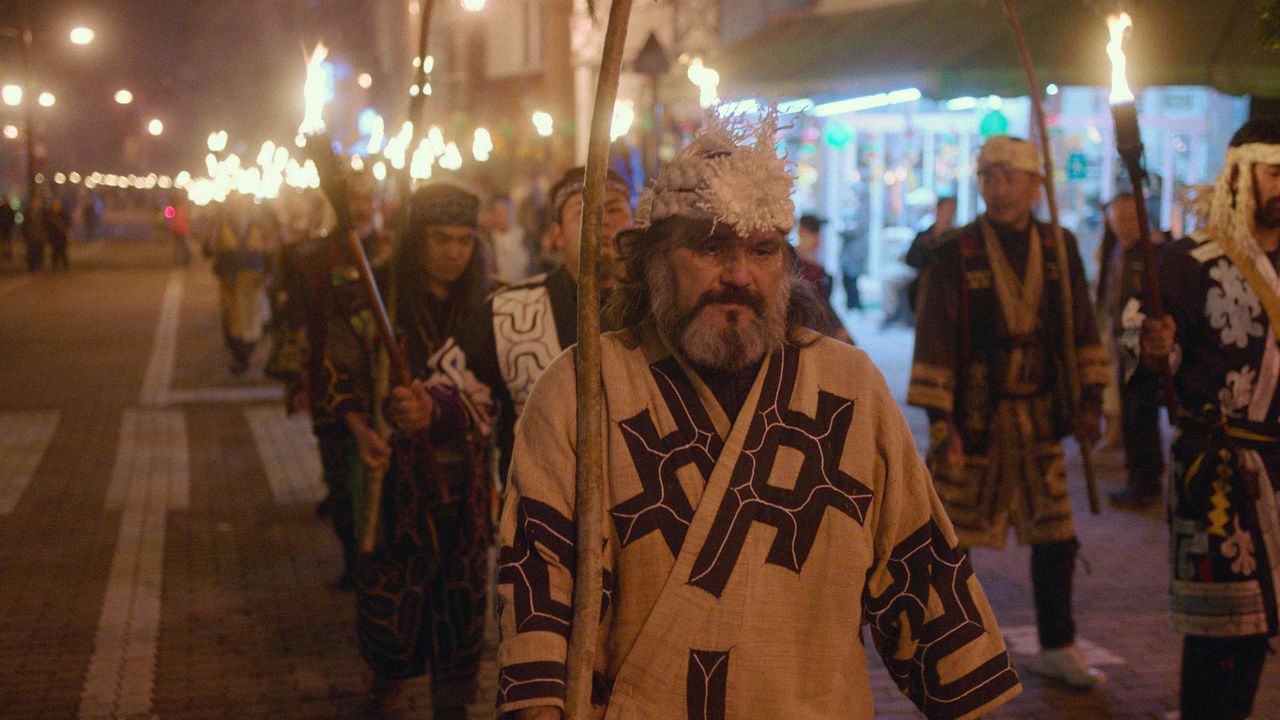
A scene from Ainu Mosir. (© Ainu Mosir LLC/Booster Project)
In July 2020, a national cultural facility, Upopoy, built to transmit Ainu culture, made a splash with its opening in Shiraoi, in the northernmost prefecture of Hokkaidō. But even before these government moves, interest in Ainu had been growing. Examples include Golden Kamuy, an Ainu-themed manga series by Noda Satoru, in Weekly Young Jump magazine, and a range of recently published books on Ainu topics.
January saw the publication of a novel by Kawagoe Sōichi entitled Netsugen (Heat Source), with an Ainu protagonist from Karafuto (the Japanese territory in South Sakhalin from 1905 to 1951), which won the prestigious Naoki Prize. Now a new feature film, Ainu Mosir, promises to raise the profile of Ainu even further. The film is not a documentary, but a dramatic portrayal of modern Ainu life. It is set in Kushiro City’s Lake Akan Ainu Kotan (settlement), a site popular with tourists, and close to a hot spring resort. The director was adamant that people who actually lived there should portray the characters.
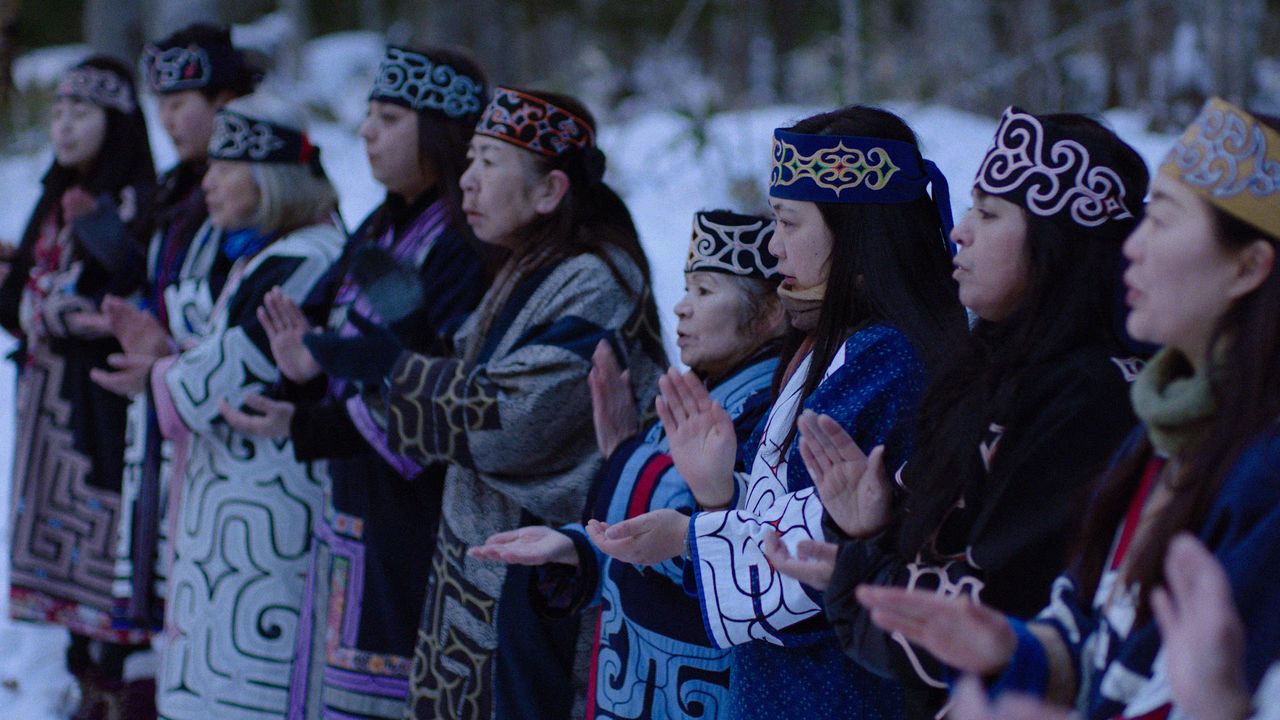
Residents of Lake Akan Ainu Kotan appear in the film. (© Ainu Mosir LLC/Booster Project)
The protagonist is Shimokura Kanto, a 14-year-old junior high school student. He lives with his mother, who runs a shop selling traditional Ainu handicraft to tourists who visit the settlement. When his father passed away a year earlier, Kanto stopped participating in Ainu ceremonies and traditional dance practice. Instead, he enjoys playing in a rock band with his friends, and considers moving away from the village to attend high school.

At parent-teacher interview, Kanto first reveals to his mother Emi that he wants to leave the village. (© Ainu Mosir LLC/Booster Project)
Debo, a friend of his father, unable to accept Kanto’s departure, takes him camping in the wilderness, to share Ainu spiritual and cultural elements related to nature. Deep in the forest is a cave connected to the realm where the souls of the departed live, nearby which Debo is secretly raising a bear cub. Debo wants to hand responsibility for the cub to Kanto. But his true motive is to revive the long-neglected iomante ceremony, in which a bear cub is sacrificed and sent to the world of the gods.
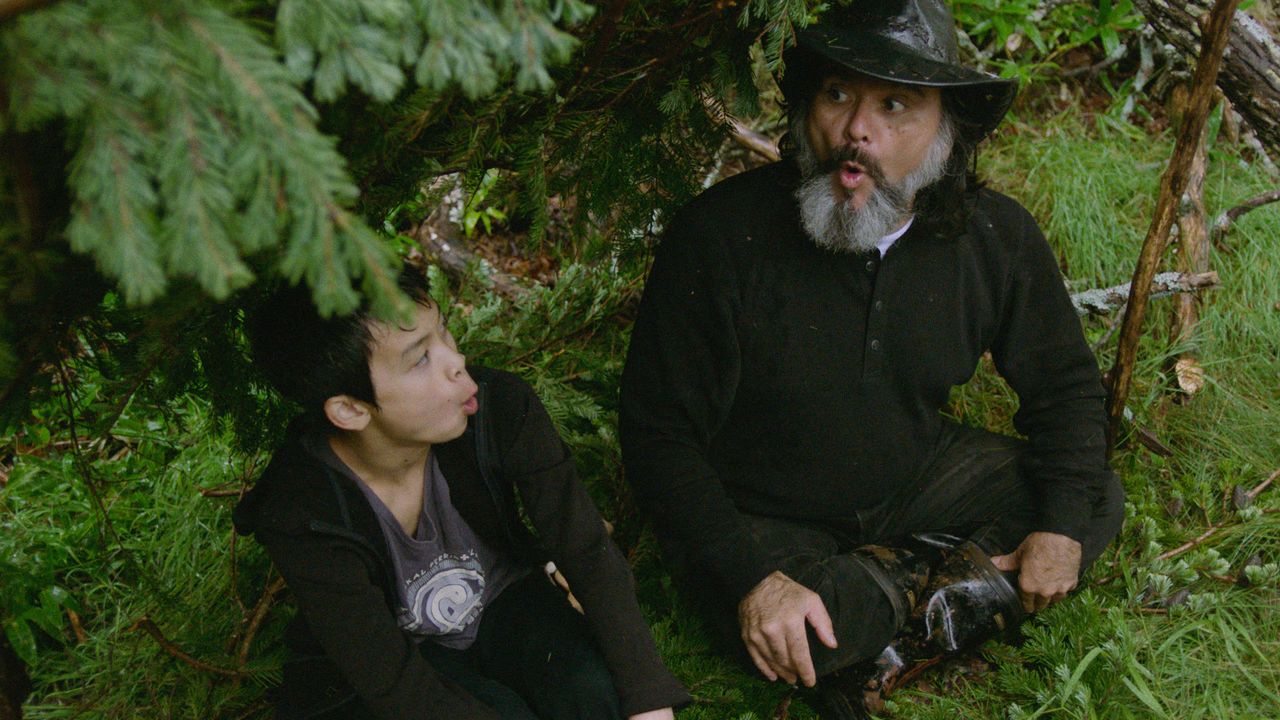
Debo (Akibe Debo), friend of Kanto’s deceased father, is a spiritual pillar in the village, with deep reverence for Ainu traditions. (© Ainu Mosir LLC/Booster Project)
Coming to Awareness in America
After graduating from high school, Fukunaga Takeshi moved to the United States to study film in New York. There, in 2015, he debuted his first feature, Out of My Hand—the story of a Liberian man who emigrates to New York seeking a better life. It won accolades at film festivals around the world. But before Fukunaga had finished the film, he had already decided that his next work would have an Ainu theme.
“Although I was born and raised in Hokkaidō, I only became fully conscious of Ainu after I moved to America. Things are quite different now, but until I graduated high school, there were few opportunities to learn about Ainu, and it felt like a taboo topic. After moving to America, I became more aware of Native Americans and the issues surrounding them. There is debate on these matters, and there is a strong awareness that their land was stolen from them. Even though there are indigenous people in Japan, the Ainu, I grew up knowing nothing about them. I felt ashamed of this.”
He began writing a script with an Ainu theme, but received a lukewarm response in the initial stages, even in the United States, with its apparently high awareness of indigenous peoples’ issues. While the film’s theme shared a commonality with his previous work on immigrants in its focus on minorities, interest waned when the setting shifted to an island in East Asia.
“Following the positive reception for my first work, producers began asking what I would shoot next. But they lost interest when I told them my next film would be about Japan’s indigenous Ainu. I felt disappointed because, based on the success of my first film, I expected that it would reach greater heights.”
Nevertheless, his script was selected for the Cinéfondation Residence, a program supporting new directors, under the patronage of the Cannes Film Festival. Fukunaga was invited to stay in France for four and a half months, where he could brush up his work with the assistance of European script consultants and producers.
“It resulted in significant changes to my original script. Now, I think it’s a more universal story, one that can be appreciated by viewers even with no knowledge of Ainu. It is more balanced, avoiding excessive detail, or information gaps that left the viewer unable to follow. This was thanks to input from third parties with no background knowledge of Ainu.”
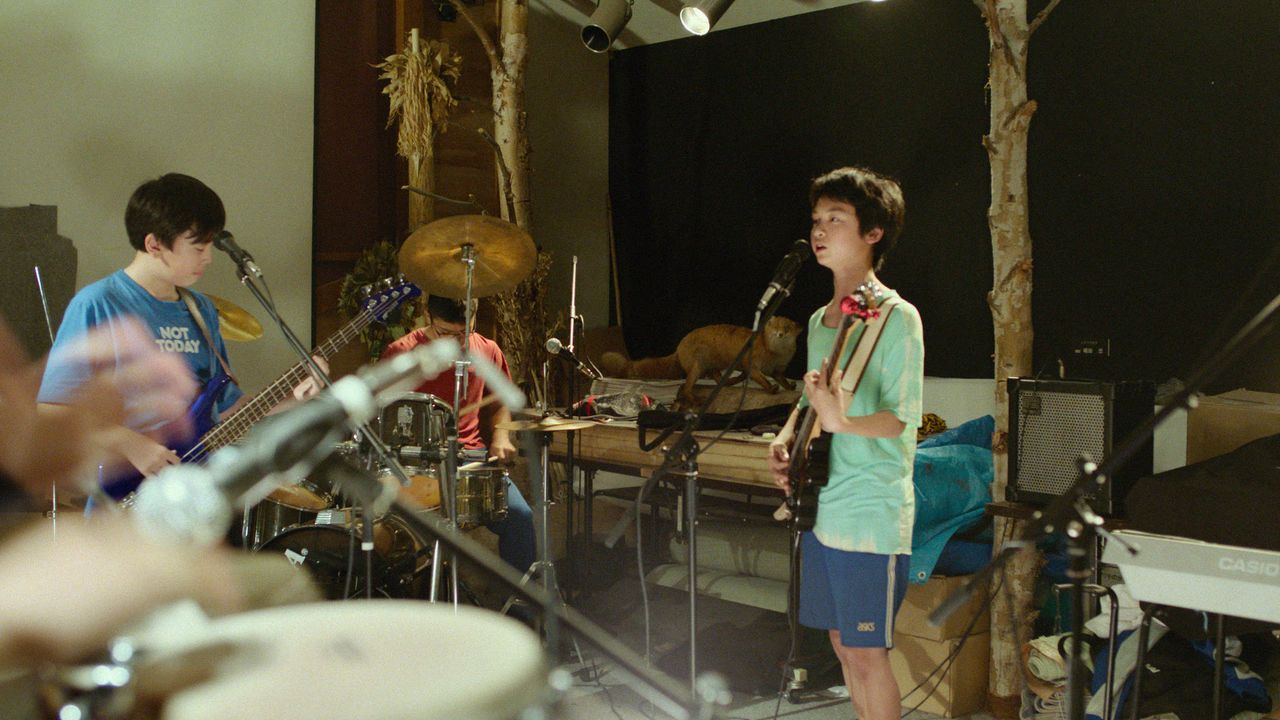
The band in the film is that of Shimokura Kanto, who plays Kanto. Music has an important role in the story. (© Ainu Mosir LLC/Booster Project)
Depicting Ainu People in Their Own Village
He rounded out the scenario, made it more convincing, and gained access to a European network of film producers, but struggled to find a sponsor. He also faced challenges in casting.
“There have been films in the past with Ainu characters, but they were performed by Wajin—non-Ainu Japanese—which gave them an artificial vibe. From the start, I wanted to create something different, and so I was committed to casting Ainu. That made it harder to get funding. Using well-known actors as the main performers would have made it easier to get support from producers and sponsors.”
Eventually, though, Fukunaga was able to obtain funding thanks to his project’s consistency. He visited Akan several times while writing the script, which enabled him to produce a well-refined piece in the setting of the Ainu kotan.
“The Lake Akan Ainu Kotan is strongly bound to the tourism industry simply because the people are Ainu. The lifestyles and customs are not the same as they once were, but despite the gap that exists with their traditions, the people make a living introducing Ainu culture. The reality of their living conditions contains a microcosm of issues. They face these questions daily as a community. I couldn’t think of a better location for depicting modern Ainu.”
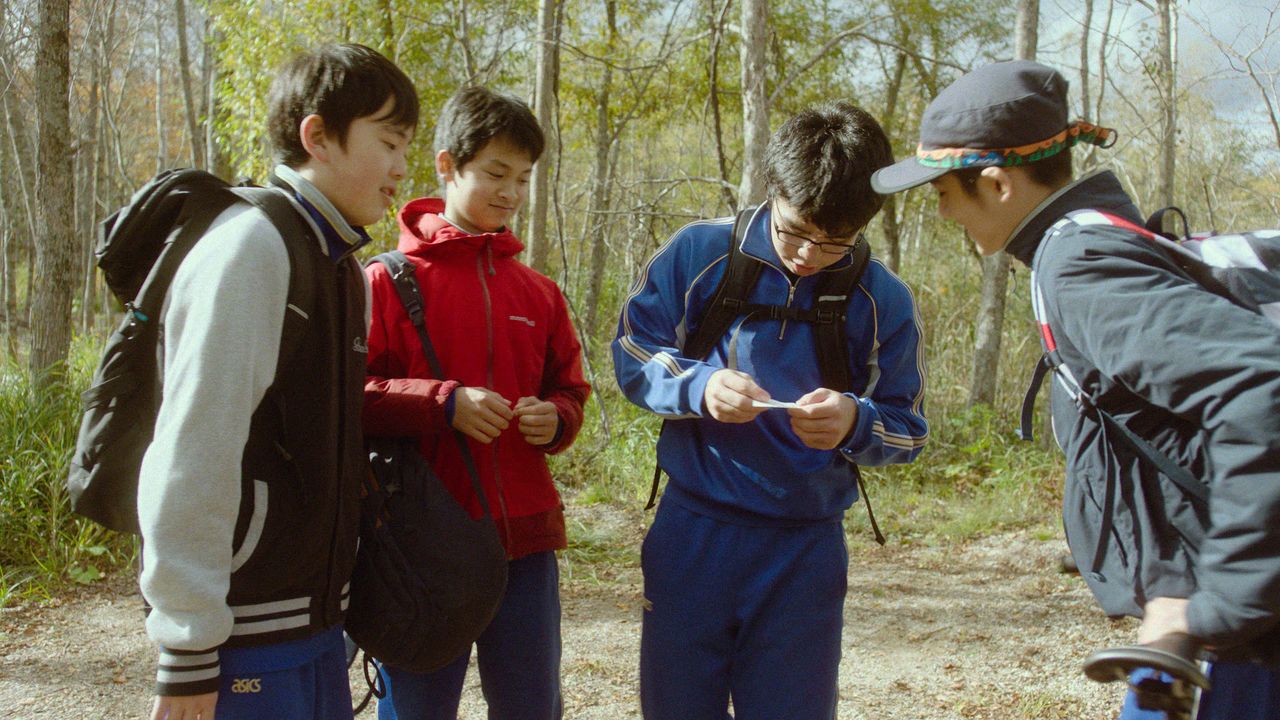
Junior high school students of the Ainu kotan. Contact with traditional ceremonies takes various forms. (© Ainu Mosir LLC/Booster Project)
The characters in the film were inspired by the people who actually live there. Rather than try to start with the story and build characters within it, Fukunaga’s consistent approach was to begin with the people and write a story as close to them as he could. He felt that to eliminate prejudice against Ainu, it was important to depict Ainu as they are, rather than producing an idealized representation.
“Of course there are parts that are dramatized to create a story, but I wanted the people to perform as naturally as possible, to best reveal each individual’s humanity and charm. This was my priority when making my decisions. Because the performers were all very familiar with one another, even with no acting experience, they could ad lib as they would usually interact.”
Iomante, a Long-Neglected Ceremony
One outstanding scene in the film is a debate between the adults about iomante, which is key theme in the story. Iomante is a ceremony in which a bear cub is raised in the village, then sacrificed and sent to the gods. It has not been practiced for decades, due to modern social values, among other reasons.
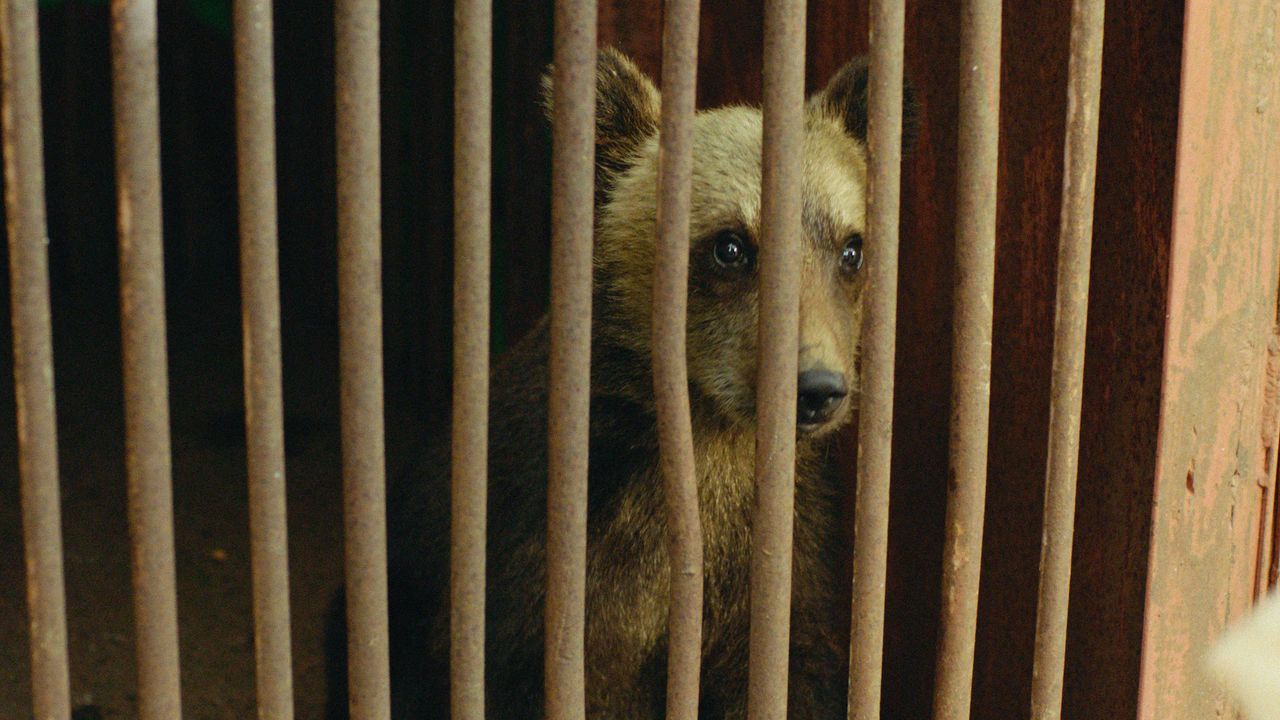
Why is Debo secretly raising a bear cub? The tale delves into the heart of Ainu spiritual culture. (© Ainu Mosir LLC/Booster Project)
“Iomante is a ceremony that encompasses much of Ainu spiritual culture,” explains Fukunaga. “It exists in a natural worldview totally different from the modern concept of animal welfare. It isn’t something that outsiders can easily judge. I had the idea to incorporate iomante from the beginning, but in the end, I wasn’t sure whether to bring it up. I didn’t include it just for impact. By asking the Ainu, I learned that they held varied opinions, with some in favor and some opposed. I couldn’t think of a better topic to represent the diversity and modernity of Ainu.”
Consequently, in the scene where they debate iomante, you can sense that the villagers are speaking from the heart, in their own words.
“Of course, it was staged, but as the camera moved around, and these people who knew each other began discussing the matter, the exchange became quite heated. It got a little out of hand, which made editing difficult. [Laughs] In the parts that were finally used, they are speaking honestly, and around half of it is ad libbed.”
Through the Eyes of One Boy
The natural distance between characters is most evident in interaction between the protagonist Kanto and his mother Emi—a mother and son in real life. We see the depth of their affection in the looks they give each other and their mannerisms, in a way that is difficult to act.
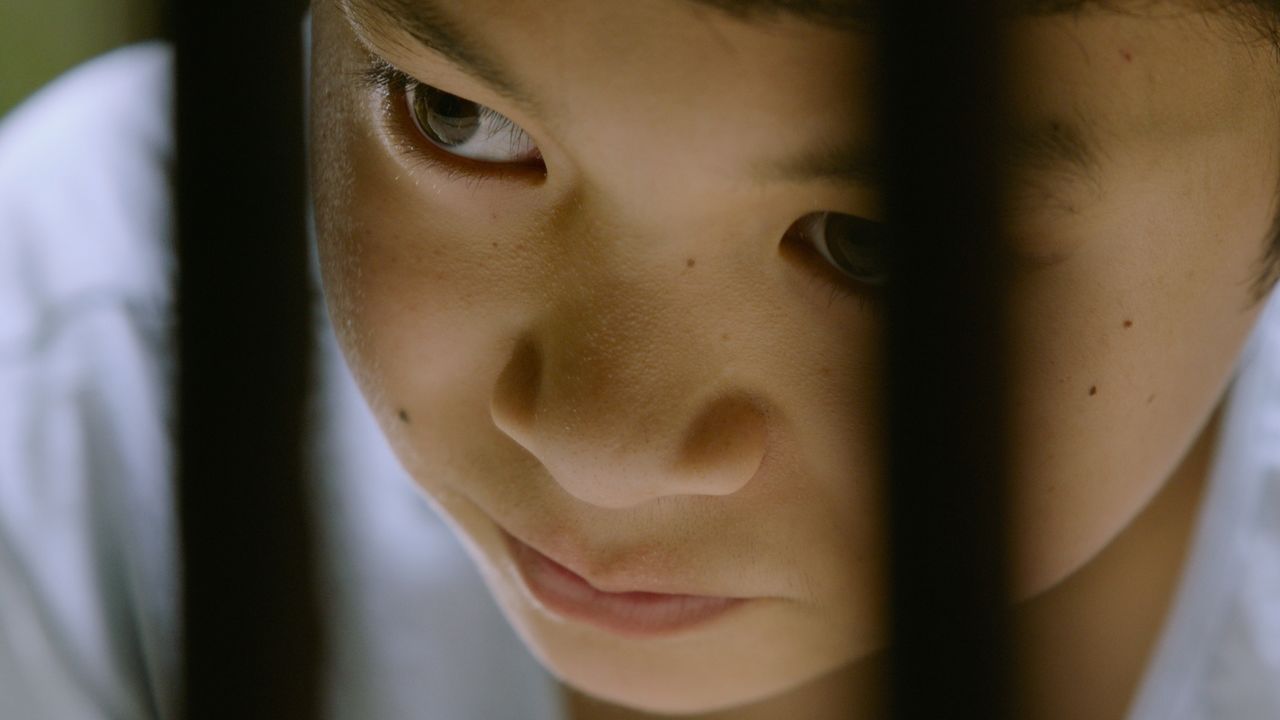
With no acting experience, Shimokura Kanto produces natural facial expressions that are unforgettable. (© Ainu Mosir LLC/Booster Project)
“I wrote it as the story of a young man initially, but struggled to find a performer for the role. There are no high schools nearby, so most of the residents of Akan are either junior high school age or younger, or over 40 years old. This gave me the idea to change the protagonist to a younger boy. During puberty, everyone undergoes personality changes, and must face conflicts between what they want to do and have to do. I was able to create a more encompassing story by incorporating themes of identity and discovery of one’s roots.”
While the film is about Ainu, the perspective of an adolescent finding his place in society gives it greater depth and universality. The fruit of five years of earnest effort by Fukunaga, Ainu Mosir transcends the issues of racial differences to depict common feelings that are sure to resonate strongly with the audience.
“The COVID-19 pandemic has brought to light the exclusionary, village mentality that is common in Japan. If things continue as they are, we’ll move backward while globalization advances around us. The Japanese of today exist because of the intermingling between the indigenous people and people who migrated from the continent. There hasn’t been enough accurate education or debate about our roots. To know the Ainu is to know Japan. I believe it’s important for us to understand that there has been greater diversity in Japan since its inception than is generally recognized. Ainu Mosir is a story of a young boy directly confronting, acknowledging, and coming to grips with his roots so that he can continue to grow. I hope that the film will encourage people to create a world where they overcome the barriers and show greater understanding for diversity.”
(Originally published in Japanese. Written by Matsumoto Takuya of Nippon.com. Interview photos by Hanai Tomoko.)
Ainu Mosir (2020)
- Directed and written by Fukunaga Takeshi
- Produced by Eric Nyari, Miyake Harue
- Cinematographer: Sean Price Williams
- Editor: Deguchi Keiko, Fukunaga Takeshi
- Sound mixing: Nishiyama Tōru, Tom Paul
- Music: Clarice Jensen, Oki
- Cast: Shimokura Kanto, Akibe Debo, Shimokura Emi, Oki, Yūki Kōji, Miura Tōko, Lily Franky
- Production: Cineric Creative, Booster Project
- Distributor: Uzumasa
- Running time: 84 minutes
- Official site (Japanese): http://ainumosir-movie.jp/
